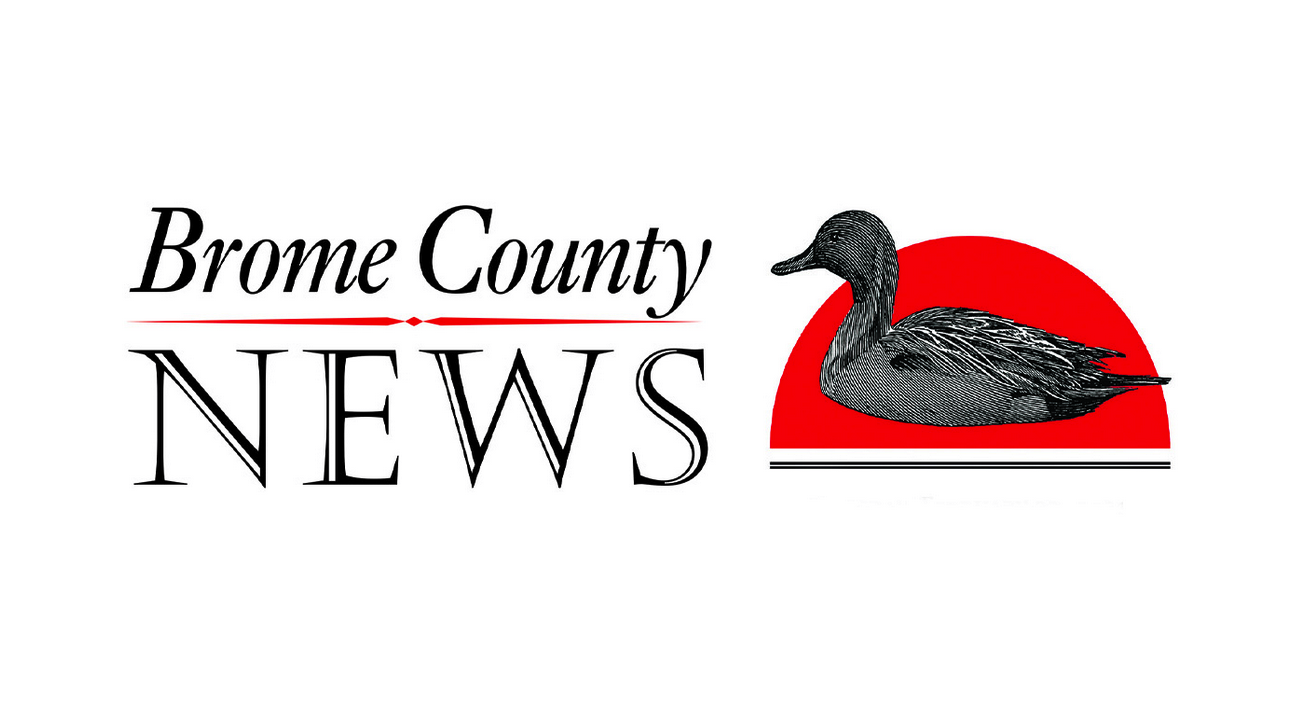Services will be maintained
By Lawrence Belanger
Local Journalism Initiative
Emergency medical responders (EMRs) at the Centre de Communication Santé Estrie will go on strike March 2, demanding a pay increase in order to encourage EMRs to stay in the region. Jean Gagnon, the pre-hospital sector representative for the Fédération de la santé et des services sociaux (FSSS-CSN), explained over the phone how low pay was the union’s chief concern leading to the strike. For many, the pay is just not enough when weighed against the pressure and stress of the field.
Given how many of the calls taken involve giving detailed medical instructions to patients, often about serious health topics, EMRs “have to withstand a lot of stress,” Gagnon explained.
As a profession, emergency medical dispatchers (EMRs) in a health communication center receive and process calls relayed to them by various 9-1-1 call centers, as well as requests for patient transfers from one health and social service establishment to another. They then proceed with the allocation of various resources, such as ambulances.
According to Gagnon, “elsewhere in Quebec, EMR wages can be up to $45/hour,” whereas the average pay for EMRs at the Sherbrooke call center is closer to $32/hour. He stated that the difference in pay between Estrie and other regions was draining talent as workers seek higher wages elsewhere.
This is actually the union’s third strike in less than a year. The second one only concluded on Feb.19. Despite the constitutional right to strike, EMRs cannot just stop working and go to the picket line as that would endanger the health & safety of the community at large. In order to protect the general public’s rights to healthcare and emergency services during a strike, the union and employer are subject to rules imposed by the Tribunal administratif du travail (TAT), which also authorizes the strike.
The TAT declared that services provided during previous strikes, which lasted from the 17th of last June to Sept. 6, 2022 and again from Sept. 17 to Feb. 9 of this year, were sufficient to “ensure that public health or safety [were] not put at risk.” The agreement for the upcoming strike is largely the same, with more onus on the Centre’s management to contribute to the maintenance of these services.
According to the TAT’s decision, call center employees will “continue to respond to all calls from the public, health partners and emergency partners,” during the strike. Employees will also continue to direct ambulances “to the appropriate health and social services institution,” informing it of the number of users it will receive and their health status. Finally, when necessary, they will connect “ambulance technicians with the [appropriate] facility or with an immediate medical assistance physician.”
Explaining how this would play out in reality, Gagnon explained that during the strike, employees will stop working for four hours a week and managers will fill in for that period.
According to the TAT agreement, those in management qualified to do the work of an EMR will be required to work up to 4 hours per week, per manager, performing tasks like quality assurance and certain administrative tasks. Furthermore, should “exceptional and urgent” situations arise, the union will provide the necessary personnel upon request.
Some tasks, such as hospital searches and observation periods, will be left unattended, and employee participation in meetings and quality assurance procedures will be curtailed or cut entirely.
Gagnon was apologetic to his fellow workers in the healthcare industry for any negative impact the strike might have on their work. “We don’t have a choice,” said the union representative. He hopes that management will come to the table soon, but noted that “at this point,” his union was still waiting for an offer.
In its own statement, the TAT reminded the parties that in the event of “difficulties in the implementation of essential services,” the two must communicate with each other quickly to find a solution. Should they fail to do so, the TAT must be informed so it can “provide them with the necessary assistance” to resolve the dispute. Under the terms of the agreement, a joint committee of two representatives from each side will be formed to discuss problems in the application of the agreement.



